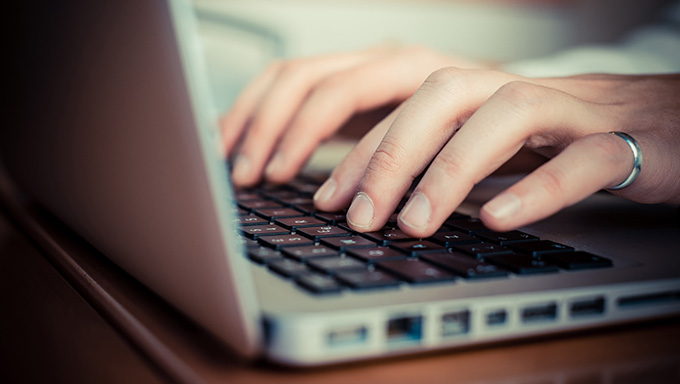A lot has already been written and said about using email in a sensible way – and apparently there is a never-ending need for such wise words… To our great appreciation, Manfred Eder from the IT department of our long-standing customer BSH Hausgeräte GmbH recently sent us a short paper on using emails, which he composed some time ago. The content is timeless in the best sense of the word and we liked it so much that we would like to reproduce it here (with the permission of and thanks to the author). The stated goal is to dam up the flood of email messages containing unnecessary information and make it easier for communication partners to deal with their emails. Let’s start with some
Basics
- Do not send more emails per day than you would like to receive yourself.
- Sometimes emails are not the most fitting channel for communication. Before sending, first consider if maybe a phone call or instant message would be better.
- The recipients should only be those people who actually need the information contained in the email.
- If you really want to improve your own behavior, stop including your supervisor in cc for your own safety. Of course, it is also generally important to think carefully about who needs to be copied in.
- To avoid flooding the inboxes of others, do not “reply all” unnecessarily and add more recipients only if really necessary.
- Try to avoid being involved in a lengthy chat or dispute by email.
- Answer without undue delay, but not immediately unless so requested. And if you are in a bad mood – it is really better to get some ‘distance’.
Length
The text of an email should be short and concise, and the best mails are those which can be read completely without scrolling. Emails do not replace detailed letters. They should be short and fast, clear and lively. If the text has to be longer, start a new paragraph after 4 to 5 lines.
Subject
The subject text helps to store and find emails more easily at a later date, so for the recipients a good subject line facilitates the processing of mails in the inbox.
- Never leave a subject line empty
- Keep it short but descriptive
- Perhaps the content in the subject line is all you need, and no body text is required. In that case, mark it clearly with END or EOL to signal this fact.
Body Text / Formatting
The way in which the body text of a message is laid out helps the recipient to “understand” the content and therefore assists in sharing information.
- Create brief summaries
- Use bullet points
- Keep formatting simple – not too many colors. Using bold text, italics or underlining is usually sufficient.
- Never write complete words in upper case characters as this indicates shouting, even if used to highlight text in a sentence.
- Avoid pictures to save storage space
- Correct spelling (use spell check)
- Use the official signature, based on company guidelines
When you use email, it should reflect the style and culture of communication. Nowadays we have many different means of communication at our disposal, which are naturally also changing along with new technologies and services. Email is one of many channels, so it is best handled and considered on its own terms.




